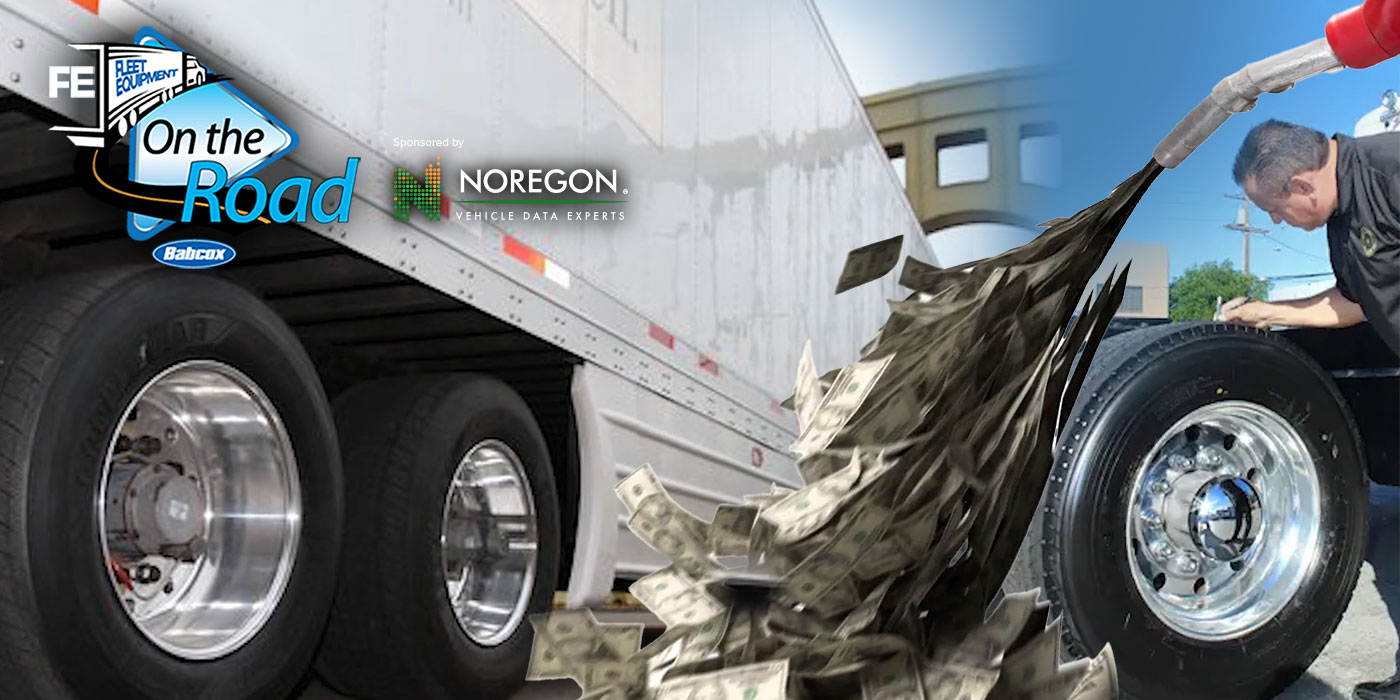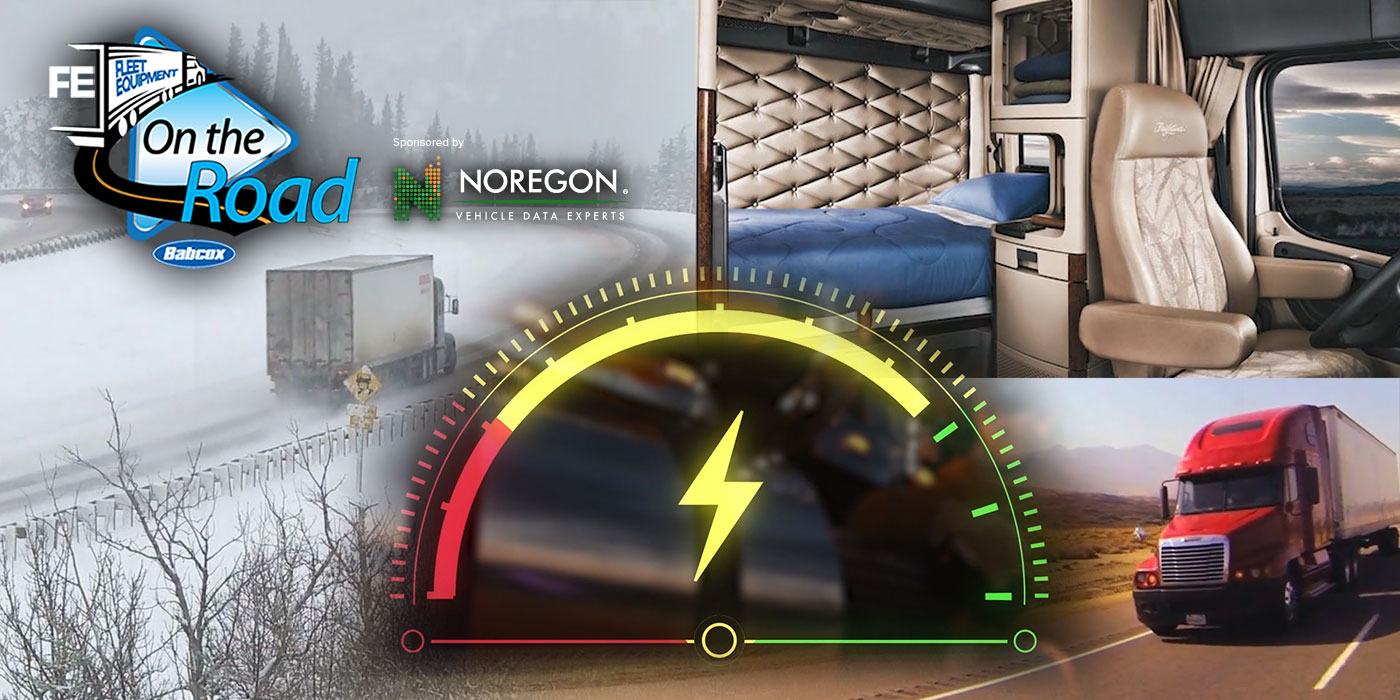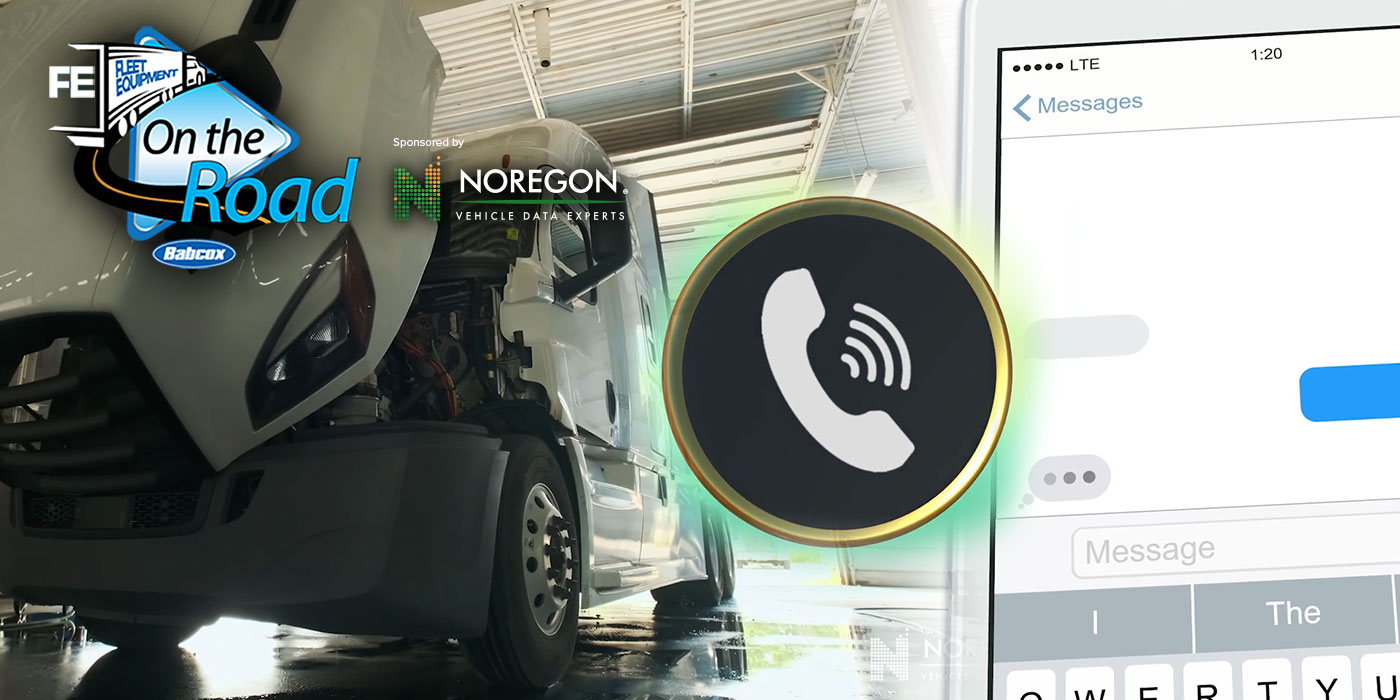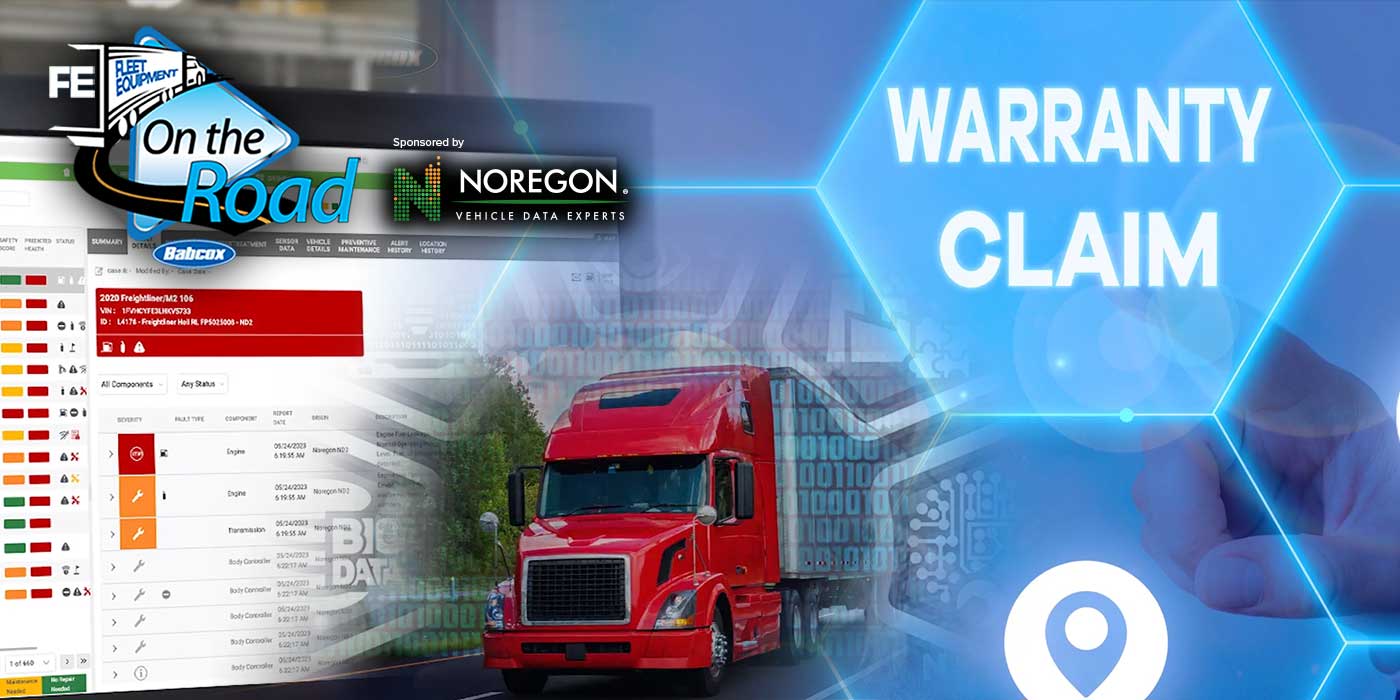No crank events are more than just an annoyance no matter the size of your fleet, but the good news is there is something you can do about it. Many issues that bring about one of these “no crank” events can be mitigated through purposeful preventative maintenance.
Click here to watch more of FE’s On the Road video series.
Unfortunately, the starting and charging system tends to be one that, well, just gets taken for granted. But consider looking at this system in the same way you would some of the areas on the truck that are involved in a regular maintenance cycle – expendable items like fluids, filters, brakes and tires.
That’s because the truck systems that tend to be trouble-free, or at least those that go long stretches without concern, are those that fall out of a regular maintenance cycle – the starting and charging system is likely one of those. And oftentimes, this no crank tends to be the driver’s warning that the system has been ignored.
But, this vital system is one that will take a truck out of service. If you’re lucky it happens at the start of your day, but starting and charging issues can happen any time and at the most inconvenient times. So what do you do?
Here are some steps a fleet can take to mitigate starting and charging concerns:
- Establish a point on the maintenance schedule to inspect the starting and charging system.
- Clean debris from the battery box and any other starting-charging areas.
- Inspect electrical connection points for damaged insulation and connectors, corrosion and tightness. Address these issues if they are discovered.
- Check the battery in-service date. If the battery is nearing its expected lifespan, test it to see if the battery is within its specification.
- Inspect the alternator mounting brackets and fasteners for damage and looseness.
- Inspect the starter mounting fasteners, starter solenoid and any other related starter hardware for damage and looseness.
The thing is, this is only one of the systems that may be overlooked during regular maintenance. So make a point to identify and schedule maintenance for each of your trucks major systems, and I promise it will be worth your time.













